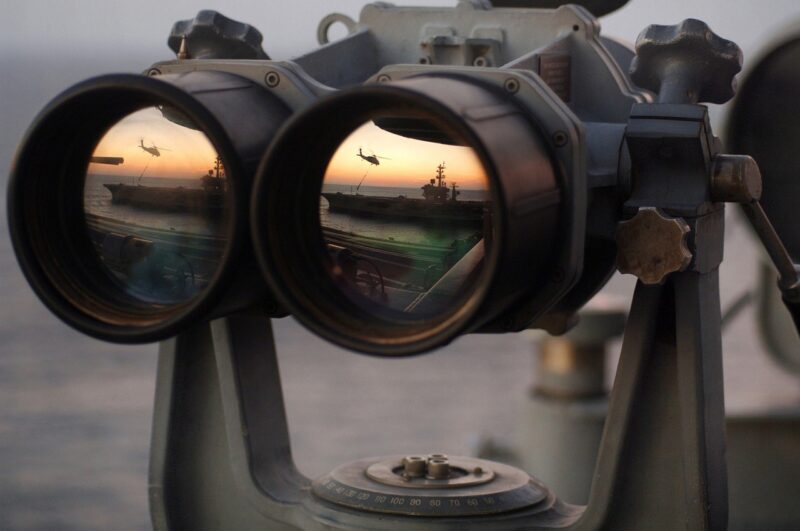The Secret Messages of the Cold War: How Spies Communicated Undercover
November 14, 2024

The Cold War was not only a period of geopolitical tension between the United States and the Soviet Union, but also a fascinating era of espionage and secret communications. Spies played a crucial role in gathering intelligence, and their ability to communicate covertly was pivotal for national security. In this article, we delve deep into the world of secret messages during the Cold War, uncovering the methods, tools, and historical figures that defined this intriguing chapter of history.
1. The Context of Cold War Espionage
The Cold War, spanning roughly from the end of World War II in 1945 until the fall of the Berlin Wall in 1989, was characterized by political strife, ideological conflict, and the constant threat of nuclear war. In such a climate, intelligence became paramount. Nations needed to understand their adversaries to navigate this precarious balance.
The threat of communism prompted the United States and its allies to form spy agencies, like the CIA, while the Soviet Union established the KGB. These organizations employed various methods of espionage, relying on an array of secret communications techniques that have since become legendary.
2. Code and Cipher Techniques
The fundamental principle of covert communication during the Cold War was simplicity and obfuscation. Code books and ciphers were created to encrypt vital messages, making it difficult for enemy forces to decipher what was being communicated. Some notable techniques included:
- One-Time Pads: This was the only mathematically unbreakable cipher. Involving a random key that is as long as the message itself, it was used for high-level communications. Once a key was used, it was discarded, ensuring absolute security.
- Transposition Ciphers: This method involved rearranging the letters of the plaintext to form a new sequence. It was simpler and faster, but also more susceptible to detection if the key was compromised.
- Steganography: Hiding messages in plain sight, such as embedding them in artwork or using invisible ink, was a favorite among spies. This allowed agents to blend messages seamlessly into their surroundings.
These techniques played crucial roles in major Cold War operations, influencing everything from espionage missions to diplomatic communications.
3. Technological Advances in Communication
As the Cold War progressed, technological advances ushered in a new era of espionage tools. Some of the significant innovations included:
- Enigma Machine: Although originally used during WWII, its impact continued into the Cold War for both encryption and decryption. The sophistication of this mechanical cipher system represented heightened efforts for secure communication.
- Spy Satellites: With the launch of satellites like CORONA, spies were enabled to gather intelligence from space. This technology revolutionized surveillance, allowing nations to monitor each other’s movements without boots on the ground.
- Audio Surveillance Devices: Bugs and wiretaps became commonplace tactics employed by spies. These devices allowed operatives to gather critical information directly from targets, often without them being aware of the surveillance.
These advances not only made communication easier but also opened doors for greater espionage capabilities.
4. Spies and Their Communication Methods
Some of history’s most notable spies showcased a variety of clever communication techniques:
- Kim Philby: A British intelligence officer turned Soviet spy, he famously used coded messages transmitted through his typewriter to send vital information to the KGB. His relationships with trusted colleagues made it easier to relay intelligence without arousing suspicion.
- Mata Hari: A World War I spy who played both sides, she utilized her charm to extract secrets from high-ranking military officials, often using seemingly innocuous conversations as ways to relay messages.
- The Rosenbergs: This American couple was convicted of espionage for allegedly passing atomic secrets to the Soviets. They used hidden messages, including in jewelry, to communicate with their handlers, demonstrating how personal items could serve as smuggling devices for sensitive information.
These individuals exemplify how resourcefulness was at the forefront of espionage tactics.
5. The Importance of Decryption
Decrypting messages was equally crucial as sending them securely. Organizations like the NSA and GCHQ employed teams of cryptanalysts dedicated to breaking enemy codes. Some of the significant instances include:
- Project Venona: A U.S. project aimed at decrypting messages from Soviet spies, which led to the identification of numerous American agents working for the USSR.
- Operation SIGINT: Focused on signals intelligence, this operation required vast technological resources to monitor and decrypt enemy communications, which often went undetected by the senders.
The ongoing battle of wits between spies and their opponents emphasized the unending quest for information security and the significant lengths nations would go to maintain an advantage.
6. The Cultural Representation of Cold War Espionage
The legacy of Cold War espionage extends beyond history; it has profoundly influenced popular culture and storytelling. Movies, novels, and television series, such as “Tinker Tailor Soldier Spy” and “The Spy Who Came in from the Cold,” capture the essence of espionage. These works depict the complexity of spy communications, where trust is a rare commodity, and danger lurks in every conversation.
Additionally, the fascination with espionage has led to greater public awareness about the lengths to which spies would go, making the art of covert communication a topic of intrigue and study.
Conclusion
The art of secret communication during the Cold War was a pivotal aspect of espionage that shaped the course of history. From the use of intricate codes and advanced technology to the unique methods employed by spies, these tactics exemplified the lengths to which nations would go for security and intelligence.
As we reflect on this tumultuous period, the techniques utilized during the Cold War provide a glimpse into the intricate dance of deception, loyalty, and ingenuity that defined espionage. In a world where information is akin to gold, the ability to communicate undercover remains a vital subject for continued study and exploration, ensuring that history doesn’t repeat itself but instead teaches future generations the invaluable lessons of secrecy and intelligence.








